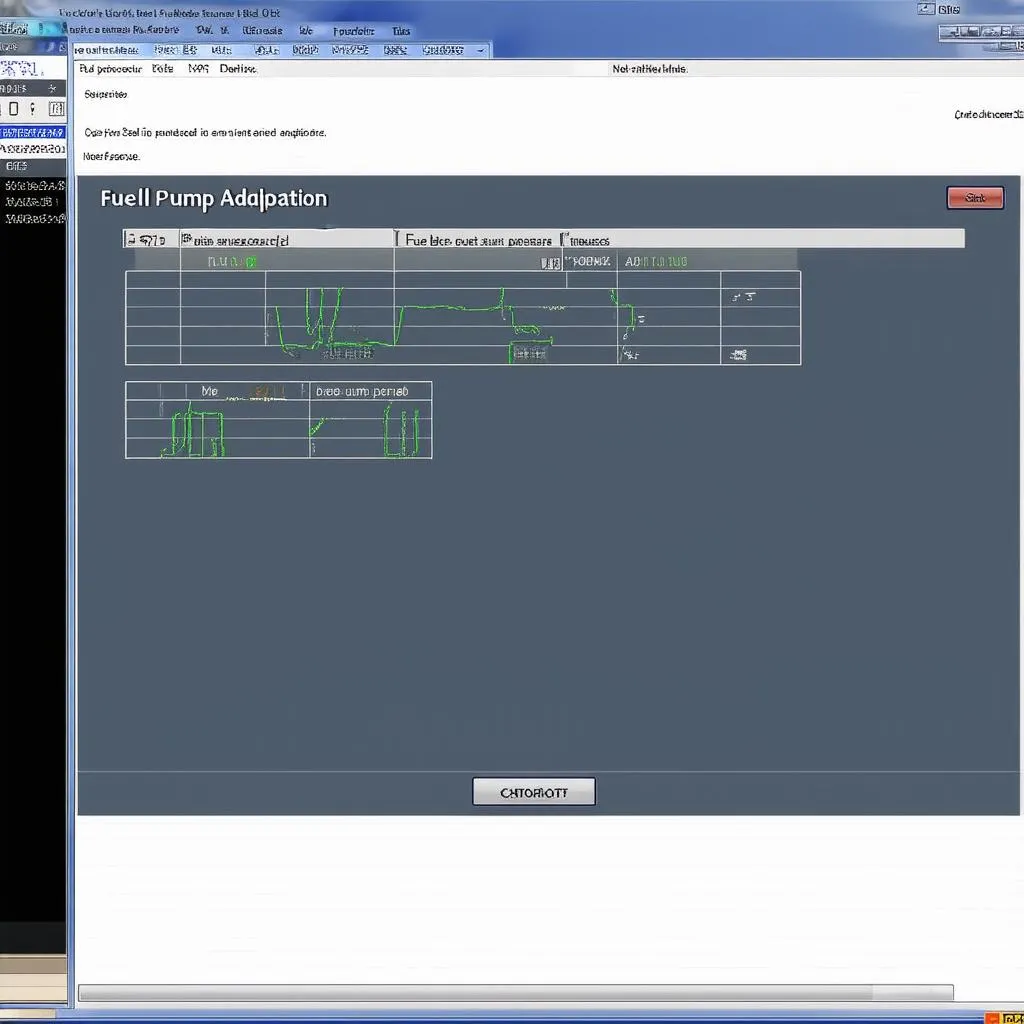VCDS (formerly VAG-COM) is a powerful diagnostic and coding tool for Volkswagen Group vehicles, including the popular Golf 6. Understanding its capabilities can empower you to diagnose faults, personalize settings, and even perform minor tweaks to enhance your Golf 6’s performance and features. This comprehensive guide will explore everything you need to know about using VCDS on your Golf 6.
From basic diagnostics to advanced coding, this guide covers the essential aspects of VCDS for Golf 6 owners, mechanics, and enthusiasts. Learn how to interpret fault codes, access hidden features, and tailor your car’s settings to your preferences. We’ll delve into the intricacies of using VCDS effectively, ensuring you can confidently navigate its interface and unlock the full potential of your Golf 6. For similar information on the Mk6 Golf, see vcds golf mk6.
What is VCDS and Why Do I Need it for My Golf 6?
VCDS is a software package that connects to your Golf 6’s onboard diagnostic system via a specialized cable. It allows you to read and clear fault codes, view live data from various sensors, perform adaptations and basic settings, and access the hidden functionalities of your car’s control modules. While a generic OBD-II scanner can read basic fault codes, VCDS provides a much deeper level of access, enabling you to diagnose and address issues specific to Volkswagen Group vehicles.
Diagnosing Faults with VCDS on Your Golf 6
One of the primary uses of VCDS is to diagnose faults. When your Golf 6’s check engine light illuminates, VCDS can pinpoint the exact source of the problem. It provides detailed fault codes, including descriptions and possible causes, saving you time and money on guesswork and unnecessary repairs. You can access further information related to VCDS and Golf 6 by exploring golf 6 vcds.
How to Read and Interpret Fault Codes
Connect the VCDS cable to your Golf 6’s OBD-II port and your computer. Launch the VCDS software and select your car’s model. Then, choose the relevant control module (e.g., engine, transmission, ABS) and click on “Fault Codes.” The software will display any stored fault codes, along with their descriptions and freeze frame data.
Unlocking Hidden Features and Tweaks with VCDS
Beyond diagnostics, VCDS opens a world of customization possibilities. It allows you to activate hidden features that are disabled by default, such as automatic locking of the doors at a certain speed or adjusting the sensitivity of the rain sensor. These tweaks can enhance your driving experience and personalize your Golf 6 to your liking. You can learn about some popular tweaks in our guide on golf mk6 vcds tweaks.
Popular VCDS Tweaks for Golf 6
- Needle Sweep: Enable a dramatic needle sweep on the instrument cluster during startup.
- Coming/Leaving Home Lights: Configure the headlights to illuminate when approaching or leaving your car.
- Cornering Lights: Activate the fog lights to illuminate when turning, improving visibility at night.
- Disable DRLs: Deactivate the daytime running lights.
Advanced Coding and Adaptations with VCDS
For experienced users, VCDS offers access to advanced coding and adaptation functionalities. These allow you to modify the behavior of various control modules, fine-tuning your car’s performance and features. However, it’s crucial to exercise caution when making changes to these settings, as incorrect coding can potentially lead to malfunctions. Understanding the basic settings for your DSG transmission is important; learn more at vcds dsg basic settings.
Can I Use VCDS on Other Cars?
While VCDS is specifically designed for Volkswagen Group vehicles, it can be used on other cars within the group, including Audi, Seat, and Skoda. However, it’s essential to ensure compatibility with your specific vehicle model and year. Check our guide on can vcds be used on other cars for more information.
Conclusion
VCDS is an invaluable tool for any Golf 6 owner, mechanic, or enthusiast. Its diagnostic capabilities, coupled with its ability to unlock hidden features and perform advanced coding, make it an essential piece of equipment for anyone looking to understand and personalize their Golf 6. While this guide provides a comprehensive overview, remember to always consult the official VCDS documentation and exercise caution when making changes to your car’s settings.
FAQ
- Is VCDS safe to use on my Golf 6?
Yes, VCDS is safe when used correctly. However, incorrect coding can potentially lead to malfunctions. - Where can I purchase a genuine VCDS cable?
You can purchase a genuine VCDS cable from authorized retailers or directly from Ross-Tech, the developers of VCDS. - Can I update the firmware on my VCDS cable?
Yes, firmware updates are released periodically to improve compatibility and add new features. - What is the difference between VCDS and a generic OBD-II scanner?
VCDS provides much deeper access to the car’s systems and allows for coding and adaptations, unlike generic OBD-II scanners. - Can I code my Golf 6 to enable features from newer models?
In some cases, it’s possible to retrofit features from newer models, but compatibility varies. - Where can I find support and guidance on using VCDS?
Ross-Tech offers extensive documentation and online forums for VCDS users. - Can VCDS damage my car’s ECU?
While unlikely, incorrect coding or improper use of VCDS could potentially damage the ECU.
Need support? Contact us via Whatsapp: +1 (641) 206-8880, Email: CARDIAGTECH[email protected] or visit us at 276 Reock St, City of Orange, NJ 07050, United States. We have a 24/7 customer support team. We also offer other helpful articles on our website. Check out our other resources on VCDS and Golf 6 maintenance.

